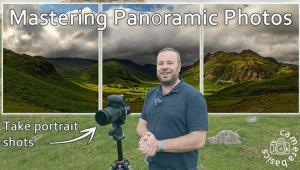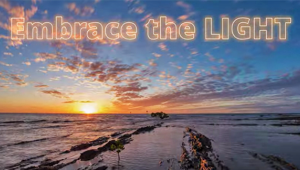Point & Shoot: In a Reflective Mood
|
Photographers and painters have long been intrigued by reflections, and no wonder—there are numerous creative possibilities to be found in reflective surfaces. Whether you find fascinating images reflected in water, metal, a mirror—or even soap bubbles—there are certain tips to keep in mind when photographing reflections.
Perhaps more than any other, water seems to be the most commonly photographed reflective source. On a calm day, a large body of water can act as a huge mirror, reflecting perfect images of clouds, foliage, architecture, mountains and clouds. Sometimes the reflected image is very true-to-life, and you can use a picture like this to fool the eye. You can shoot a reflection, such as buildings reflected in a lake, and turn it upside-down to create a very artistic image, one that challenges reality. When working with less-still bodies of water, you can capture fragmented reflections, which can result in impressionistic images. Ripples and waves can transform a scene into a completely abstract array of colors. Smaller puddles or ponds offer additional possibilities for interesting photography. When taking pictures of reflections in water, remember that water is most reflective when the sun is low in the sky, either in early morning or late afternoon (these are usually the best times of day to shoot scenics, anyway). Mirrors, of course, render the most realistic reflections. When using a mirror, sometimes it's difficult to distinguish between an actual scene or the reflected one in a photograph. When photographing a scene, you'll need to shoot from an angle to avoid getting your own reflection in the frame (unless a self-portrait is what you're after). Mirrors are also a fun way to shoot a self-portrait. You may have to include the camera in your photo, but this may make a statement about your enjoyment of photography. You can shoot some interesting portraits in mirrors or other reflective surfaces, like an automobile headlight. Again, be sure to position yourself at an angle where you can capture your subject's reflection, but will avoid getting your own image in the frame. When possible, experiment by shooting an environmental photo—one that tells something about the subject by the memorabilia surrounding the person in the mirror. You can create an interesting effect by holding a small hand mirror next to your lens. If you hold the mirror at a right angle to the lower half of your lens, it will split the scene and render a slightly distorted mirror image of the scene on the lower half of the photo. You may also want to experiment by holding a special-effects filter up to your lens (Cokin's Mirage filter will create a similar effect to that of the mirror technique). If you're feeling especially creative, try using aluminum foil or Mylar paper as a reflective surface in your photography. Use it either smooth or crinkled, tape it to a large piece to cardboard, and prop it up vertically on a tabletop. Place one or more brightly colored objects in front of it, and photograph the reflection—and perhaps the item itself along with the reflection. Outdoors, you can experiment with flowers or other natural subjects. You may wind up with some impressionistic or totally abstract results. Set your compact camera on its landscape mode to get greater depth of field, or on the close-up mode when working close to your subject. And take lots of pictures—it's a little unpredictable to know what you'll get, but also a lot of fun when capturing reflections on film or a memory card. |




















































